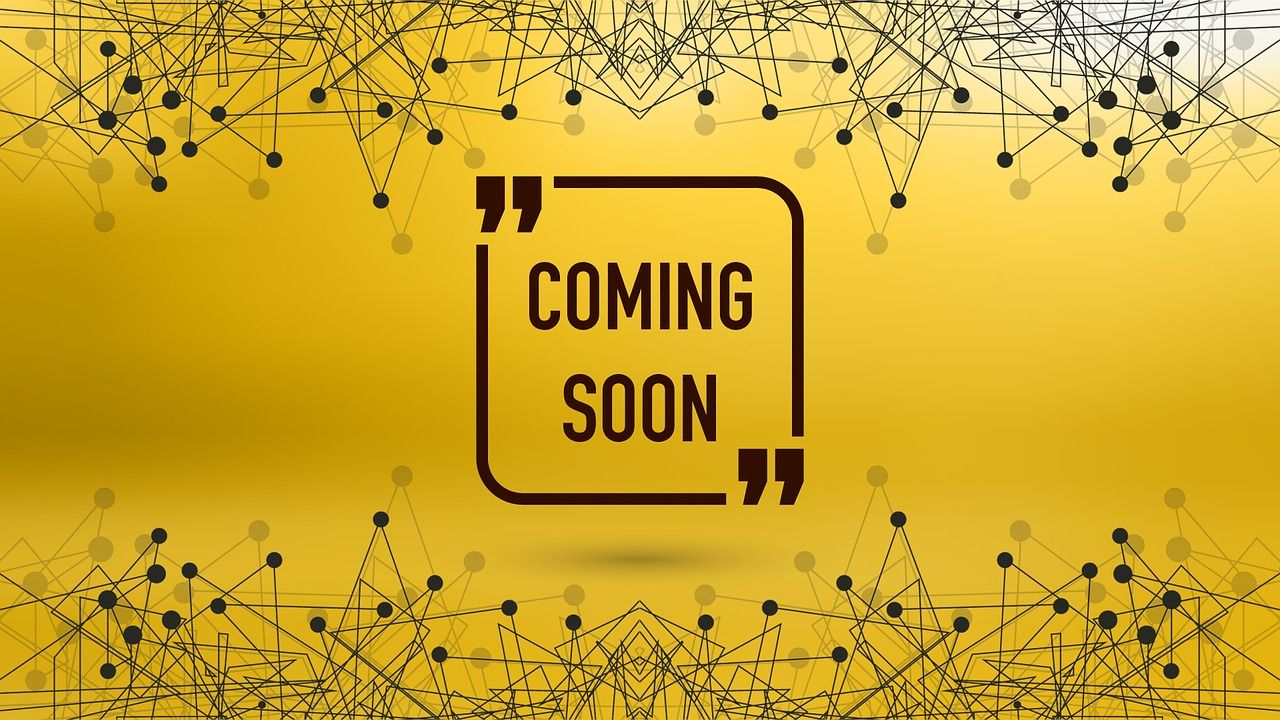The term "digital sustainability" has risen from a futuristic concept to a contemporary reality and the significance of sustainable practices in our digital ecosystems has become increasingly paramount. The core idea behind digital sustainability is to drive technological progress and economic growth while mitigating environmental impact and promoting social welfare.
Understanding Digital Sustainability
Digital sustainability is the practice of designing, developing, and using digital solutions in a way that supports economic growth and innovation without compromising the environment or society's well-being. It represents a balanced approach where technological advancements coexist harmoniously with our planet's needs, contributing to the preservation of our resources for future generations.
The importance of digital sustainability lies in its potential to rewire our society's relationship with technology. With the surge in our dependence on digital platforms and tools, there is an escalating need to consider the environmental impact of our digital footprints. The servers that host websites, the devices we use to access them, and even the code that powers them all consume energy. Digital sustainability aims to minimize this consumption, thus reducing the carbon footprint of digital operations.
As of the current state, while some sectors have started to realize the need for sustainable digital practices, the concept remains relatively novel to many. It's an ongoing journey rather than a definitive destination. There is growing awareness, but the widespread adoption of truly sustainable digital practices is still in progress.
Intersection of Web Development and Digital Sustainability
Web development forms the backbone of the digital economy, powering everything from ecommerce platforms to mobile applications. Given its integral role, the way we approach web development can significantly influence the digital sustainability landscape.
Every line of code written, every design choice made, and every server employed to host websites contribute to the energy consumption and carbon emissions of the digital world.
Web development practices can either amplify this impact or help to reduce it. Optimized code, efficient algorithms, sustainable design practices, and green hosting solutions can significantly lower a website's energy consumption and its subsequent carbon footprint.
Digital Sustainability Practices in Web Development
Embedding sustainability principles into everyday practices can significantly contribute to reducing the digital sector's carbon footprint. Key areas where these practices can be applied include energy-efficient coding, green hosting, and sustainable design. By harnessing these strategies, developers can create digital solutions that are not only innovative and effective but also respect the delicate balance of our environment.
Energy-Efficient Coding
Energy-efficient coding is an essential facet of sustainable web development. It refers to the strategic creation of software that demands less processing power, reducing the energy needed for its execution. With the worldwide proliferation of digital devices, even small efficiencies in the code can accumulate into significant energy savings and digital sustainability.
Energy-efficient coding strategies include using efficient algorithms, eliminating redundant code, and selecting high-performance programming languages. Furthermore, lean and efficient code runs faster, enhancing the user experience by reducing load times and improving responsiveness.
Keeping your codebase clean, organized, and free from unnecessary complexities can contribute significantly to its efficiency. Adopting a 'less is more' philosophy, such as reducing the use of memory-intensive processes or unnecessary complex calculations, can have a measurable impact. Additionally, ensuring your codebase is well-maintained, with regular updates and refactoring, ensures the code continues to run optimally, further contributing to energy efficiency.
Green Hosting
Green hosting is a crucial part of a sustainable digital economy. It's the practice of using web hosting services that employ environmentally friendly technologies or strategies. Considering that data centers – the backbone of web hosting – are estimated to contribute around 0.3% of all carbon emissions globally, the potential for green hosting to mitigate environmental impact is significant.
Green hosting companies typically utilize renewable energy sources, such as wind or solar, to power their servers. Others may purchase renewable energy credits or carbon offsets to balance out the emissions caused by their operations.
In addition, many green hosts use energy-efficient hardware and cooling technologies, employ server virtualization to maximize server capacity, and recycle or properly dispose of old equipment to reduce waste.
Digital Sustainability Design Practices
Sustainable design in web development is all about creating websites and online platforms that are both effective and environmentally friendly. This involves reducing energy consumption by streamlining design elements and optimizing for efficiency.
One sustainable design practice is the optimization of images and animations. Since visuals take up a substantial part of a website's data, optimizing them can significantly reduce data transfer amounts, leading to less energy use both in data centers and end-user devices.
Implementing dark mode is another beneficial strategy. Dark mode designs typically use less energy on OLED and AMOLED screens, which are common in modern smartphones and tablets. Offering a dark mode option on websites can contribute to a lower energy consumption overall.
Lastly, a mobile-first design approach is critical to sustainable web development. Since mobile devices typically use less energy than larger devices like desktop computers, designing for mobile first can result in more energy-efficient websites. This strategy involves designing an online experience for small screens first and then scaling up to larger ones, ensuring a seamless user experience across all device types.
Ecommerce and CMS Frameworks
Ecommerce platforms and Content Management System (CMS) frameworks are essential components of the digital economy, powering a vast number of websites and online businesses. Incorporating sustainable practices within these platforms can have a considerable impact on promoting digital sustainability.
Sustainable Practices in Ecommerce Solutions
With the dramatic rise in online shopping, ecommerce platforms have become a significant player in the digital landscape. Yet, their extensive functionalities can lead to substantial energy consumption. However, a variety of sustainable practices can be implemented to mitigate this.
Efficient inventory management systems can significantly reduce waste. Instead of physical stocktaking methods, which can be prone to human error and lead to overstocking or understocking, automated digital systems can provide accurate inventory data. This can prevent overproduction, minimize storage needs, and reduce the energy used in manufacturing and warehousing.
Digital payment methods can also play a significant role in sustainability. They eliminate the need for physical documents like invoices or receipts, drastically reducing paper usage and the associated environmental footprint. Furthermore, digital payments often have efficient processing systems, reducing the energy used in financial transactions.
Finally, optimizing the website design of ecommerce platforms can significantly lower their energy consumption. This can involve reducing the data size of images, implementing lazy loading (where elements only load when they're about to enter the viewport), or using streamlined, efficient code. Such optimizations can reduce the energy required to load and interact with the site, enhancing the platform's overall sustainability.
CMS Frameworks and Digital Sustainability
CMS frameworks, such as WordPress, Drupal, and Joomla, power a vast number of websites globally. Optimizing these frameworks for sustainability can significantly contribute to digital sustainability.
Energy-efficient themes can play a vital role in this regard. These themes are designed with efficiency in mind, using streamlined code and optimized images to reduce the energy required to load and display a website.
Another aspect is the careful selection and use of plugins. While plugins can add valuable functionality to a website, they can also be energy-intensive. Minimizing the use of plugins, and choosing only those that are well-coded and efficient, can reduce a site's energy consumption.
Regularly updating and cleaning the CMS is crucial for maintaining its efficiency. Outdated elements can slow down a website and increase energy usage. Regular maintenance ensures that the website operates at peak efficiency, contributing to a more sustainable digital presence.
Checklist for a Sustainable Online Business
The path to sustainability can often seem complex and daunting. Below is a comprehensive checklist that touches on various aspects of online business, from web development to office practices, helping you transform your online business into a sustainable powerhouse.
Whether you're just starting or have already begun your sustainability journey, this checklist offers actionable steps to enhance your business's green credentials.
- Sustainable Business Strategy
- Define Your Sustainability Goals
- Assess Your Current Environmental Impact
- Develop a Sustainability Plan
- Green Web Development and Design
- Optimize Website for Speed and Efficiency
- Use Energy-Efficient Coding Practices
- Implement Green Hosting Solutions
- Adopt Sustainable Web Design Practices
- Sustainable E-commerce Practices
- Implement Efficient Inventory Management
- Adopt Digital Payment Methods
- Use Eco-friendly Packaging and Shipping Solutions
- Energy Efficiency in the Workplace
- Employ Energy-Saving Office Equipment
- Encourage Remote Working
- Implement a Company-Wide Recycling Program
- Ethical and Responsible Practices
- Prioritize Data Privacy and Security
- Uphold Ethical Labour Practices
- Engage in Community and Environmental Initiatives
- Continuous Improvement and Accountability
- Regularly Monitor and Review Sustainability Goals
- Keep Updated with Latest Sustainable Technologies and Practices
- Report Sustainability Progress to Stakeholders
Digital sustainability is not merely as a trend, but as an integral part of our collective responsibility towards our planet.




